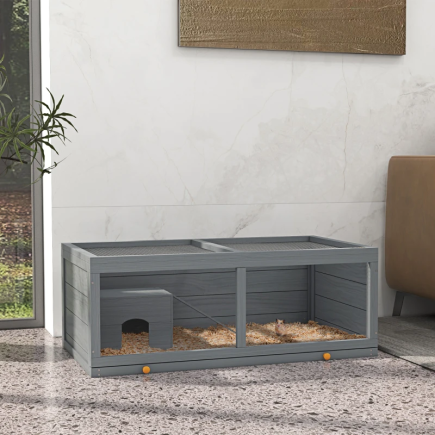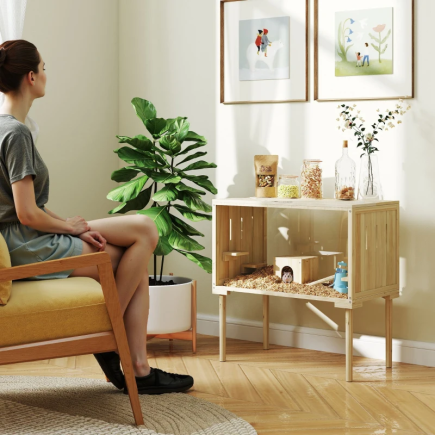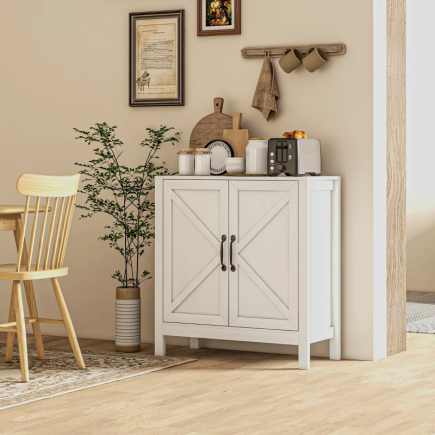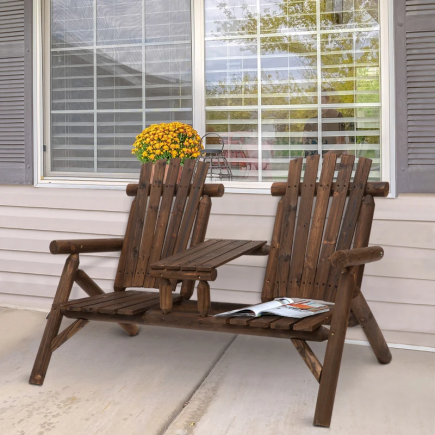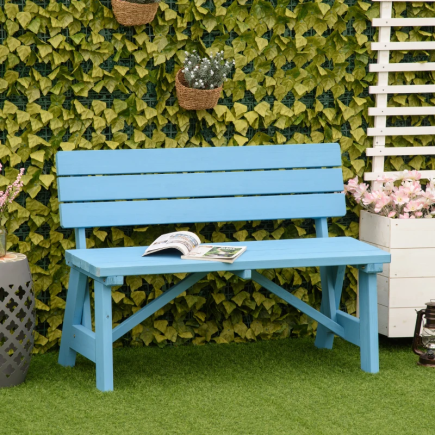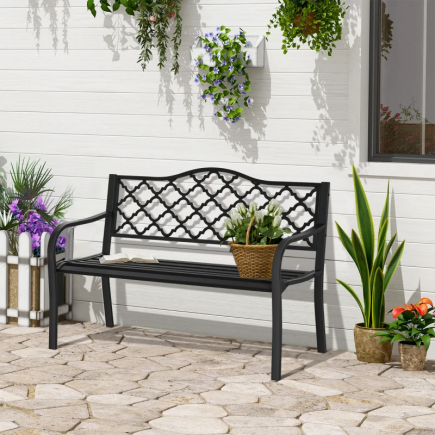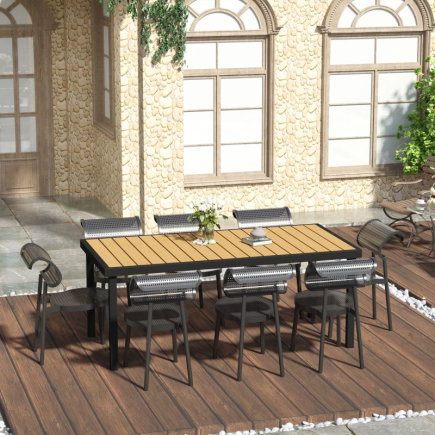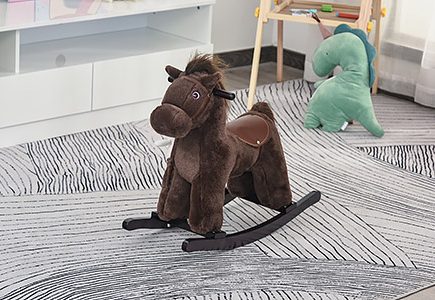
Painting artificial plants is a simple and budget-friendly way to give your home décor a fresh new look. Whether you’re changing colours to match the season or revamping an older faux plant to suit your current style, a few coats of paint can turn plain greenery into a standout piece.
Step 1: Select the Right Plant
Not all faux plants are created equal. Before painting, check the material:
- Plastic and rubber leaves are excellent for spray painting. They hold paint well and offer a smooth surface.
- Foam and wood flowers absorb paint and allow for texture.
- Silk and fabric florals require hand painting with diluted acrylics or fabric dye.
Inspect the plant. The surface should be firm and in good condition. If the leaves are fraying, falling off, or have signs of damage, those pieces may not hold paint evenly or look neat after painting. Choose pieces with a clean shape and secure construction.
Step 2: Prepare Your Workspace and Materials
Having a proper setup and materials ensures safety throughout the process.
Materials You Will Need

- Spray paint or acrylic paint (multi-surface or plastic-safe)
- Paintbrushes (flat, round, detail)
- Microfibre cloth or soft cleaning brush
- Rubbing alcohol or mild soapy water
- Masking or painter’s tape
- Gloves, protective glasses, and a mask
- Drop cloth or old newspaper
Set up your space
- Choose an outdoor or well-ventilated indoor area.
- Lay down a drop cloth or large piece of cardboard to catch overspray.
- Place your plant in an upright, stable position.
If working indoors, open windows and keep pets and children out of the space until you’re finished.
Step 3: Clean the Plant Thoroughly
Dirt, dust, or oil on the plant’s surface can stop the paint from bonding properly.
- Dust the leaves and stems using a soft brush or dry cloth.
Wipe down the entire plant using a cloth dampened with rubbing alcohol or a mild soap-and-water solution. This removes oil, grease, or residue from manufacturing or storage. - Rinse lightly if needed, but be gentle to avoid loosening petals or leaves.
- Dry completely before continuing. Moisture will interfere with paint adhesion.
This step is crucial. Skipping it can lead to bubbling, streaking, or uneven colour during painting.
Step 4: Tape Off Areas You Don’t Want Painted
Use masking tape or painter’s tape to cover parts of the plant that should remain untouched.

Common areas to cover
- The plant pot, if it’s decorative or contains faux soil
- Any wiring or exposed stems
- Specific leaf edges or features you plan to detail by hand later
Press tape firmly to prevent paint from bleeding underneath. This step is especially useful if you’re planning a two-tone look or adding metallic accents later.
Step 5: Apply Primer (If Needed)
Primer isn’t required for every project, but it improves paint grip and colour payoff on slick or dark surfaces.

When to use primer
- If your plant is made from glossy plastic or vinyl
- If you’re painting from dark green to light colours like white or pink
- If the plant will be used outdoors or near windows
How to apply
- Use a spray primer designed for plastic or multi-surface application.
- Hold the can 25–30 cm away from the surface.
- Spray in light, sweeping motions, covering all visible areas.
- Allow it to dry fully, usually 30 minutes to 1 hour.
The primer creates a textured base that helps the paint stick evenly and last longer.
Step 6: Apply the Base Colour Using Spray Paint
Spray painting is ideal for most artificial greenery. It covers large surfaces quickly and gives a smooth, even finish.

Spray painting method
- Shake the can well for at least one minute before spraying.
- Hold the can at the same distance as when priming and spray in light strokes.
- Spray lightly, using steady side-to-side strokes. Start off the plant and move across it in one motion.
- Rotate the plant to ensure you reach the undersides of leaves and any hidden areas.
- Let each coat dry for 1–2 hours before applying the next.
Apply two to three light coats instead of one heavy coat. This prevents dripping and gives a better overall appearance.
Tip: If the paint starts to puddle or sag, stop spraying immediately and let it dry. You can touch it up with a light layer later.
Step 7: Hand Paint Details or Use Brush Techniques
For certain materials (like plastic, foam, or wood) or when working with small plants, hand painting is more suitable.
Steps for hand painting
- Dilute acrylic paint with a small amount of water for a smoother texture on fabric.
- Use a flat brush for large areas and a round brush for petals or narrow leaves.
- For fine lines or veins, use a liner or detailing brush.
- Layer gradually. Apply a base colour, let it dry, then add details like highlights or shadows.
- Blend colours while still wet to create natural-looking gradients or petal tones.
This technique works well for silk florals or for adding highlights and custom accents to foam or plastic plants.
Step 8: Add Patterns or Accent Colours
Once your base paint is dry, you can add creative designs to enhance the look.

Techniques to try
- Stripes: Use masking tape to block off sections and paint in between.
- Polka dots: Use a sponge or round stencil to dot the leaves.
- Ombre effect: Blend two colours using a sponge or soft brush.
- Metallic highlights: Trace leaf veins or edges using gold, silver, or copper paint pens.
Make sure the base coat is fully dry before applying any patterns. Use small brushes and take your time for precise detailing.
Step 9: Seal for Durability (Optional but Recommended)
Sealing provides long-term protection, especially if your painted plant will be in a sunny room, near moisture, or outdoors.
How to apply sealer
- Choose a clear matte or satin spray sealer.
- Spray a light, even coat from a consistent distance.
- Cover the entire surface uniformly.
- Let it dry for 30 minutes before applying a second coat if needed.
Tip: After your final coat of paint or sealer, let the plant cure for 24–48 hours in a dust-free area with good airflow. Do not handle or reposition it during this time. This final drying period ensures the paint sets fully and prevents smudging or fingerprints.
Step 10: Final Touches and Styling
Once your plant is completely dry and sealed, remove all masking tape and assess the finish. You can now place your creation anywhere in your home.
Styling ideas
- Pair with neutral pots to let the colour stand out.
- Combine painted plants with seasonal decor (e.g., pinecones in fall, seashells in summer).
- Display in groupings for visual impact on shelves, mantels, or entryway tables.
Painting Artificial Plants is a simple way to upgrade your space with colour, texture, and creativity. With a few tools, some planning, and a bit of imagination, you can give any faux greenery a bold new identity. Whether you’re decorating for a season or expressing your personal style, this DIY approach makes it easy to create something beautiful and uniquely yours.
FAQs
1. Can I use chalk paint on artificial plants?
Yes, chalk paint can be used on faux plants, especially for a matte finish. However, it may require a primer and a sealer to prevent chipping.
2. Is it safe to paint artificial plants used in aquariums or terrariums?
No, most craft paints and sealers aren’t aquarium-safe. Use only paints labeled non-toxic and suitable for submerged environments.
3. Can I repaint a faux plant that’s already been painted before?
Yes, but make sure the existing paint is fully dry and not peeling. Lightly sand glossy finishes and apply a fresh primer before repainting.

